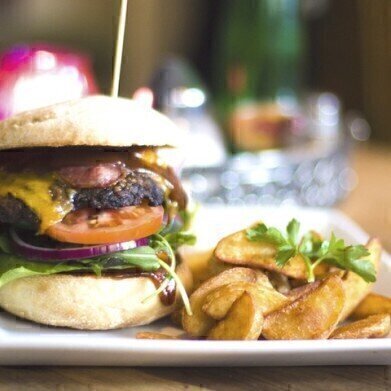GC, MDGC
Measuring Fat in Food — Chromatography Investigates
Jun 10 2016
For years we have told us that fat is bad, we should eat low fat foods and avoid saturated fat. But is the advice correct and was it really putting our best interests at heart?
A report, published by a charity, has challenged the status quo and suggested that academics and journals have colluded with industry for financial gain at the expense of patients. So what’s it all about and how do we know how much fat is in our food?
Food fight!
A food fight has broken out — not in the cafeteria in National Lampoon’s Animal House — across the pages of Britain’s newspapers. A recent report from the National Obesity Forum and the Public Health Collaboration has ignited a heated debate — generating plenty of column inches in the press and a few resignations thrown into the pot too.
The report — Eat Fat, Cut The Carbs and Avoid Snacking To Reverse Obesity and Type 2 Diabetes — argues against the advice generally given by Public Health England (PHE) — and suggests amongst other things that:
- Eating fat does not make you fat
- We shouldn’t count calories as different foods have different metabolic effects
- Saturated fat isn’t the cause of heart disease.
The report also argues that the advice from PHE and some academics is tainted by their association with the food industry and states:
The latest Eatwell guide from Public Health England is perhaps an example of commercial interests trumping independent scientific evidence.
Irresponsible and misleading?
The report’s release attracted plenty of interest and considerable condemnation particularly from PHE — the UK Government’s agency that looks to protect the nation’s health and wellbeing — with the response from PHE stating:
An opinion paper published today by the National Obesity Forum and the newly-formed Public Health Collaboration is irresponsible and misleads the public.
PHE stresses that its advice is based on systematic reviews of all the evidence that is available, and is constantly reviewed to make sure only the best evidence is used. In contrast, PHE point out that the NOF report is selective in its use of evidence and that the report has not been peer reviewed.
So who do you believe?
Measuring fat with GC
Whoever you believe, it can be beneficial to know what you are eating and what it contains nutritionally — whether that is protein content, the energy available or the percent saturated fat in the food. A new method for determining saturated and unsaturated fat is described in this article, Healthy Fat in Chips and Sausages? A new Method for Extraction, Digestion and Analysis of Fat in Food Samples from Chromatography Today.
The method uses a microwave procedure to extract the fat rather than the conventional method of using solvents and Soxhlet extraction to extract the fats. Gas chromatography is then used to analyse the sample for total fat content — and saturated and unsaturated fatty acids.
So, if I eat my bacon butty — am I healthy or unhealthy?
Events
May 11 2025 Vienna, Austria
May 18 2025 Tempe. AZ, USA
May 21 2025 Birmingham, UK
Jun 01 2025 Baltimore, MD, USA
Jun 15 2025 Bruges, Belgium














